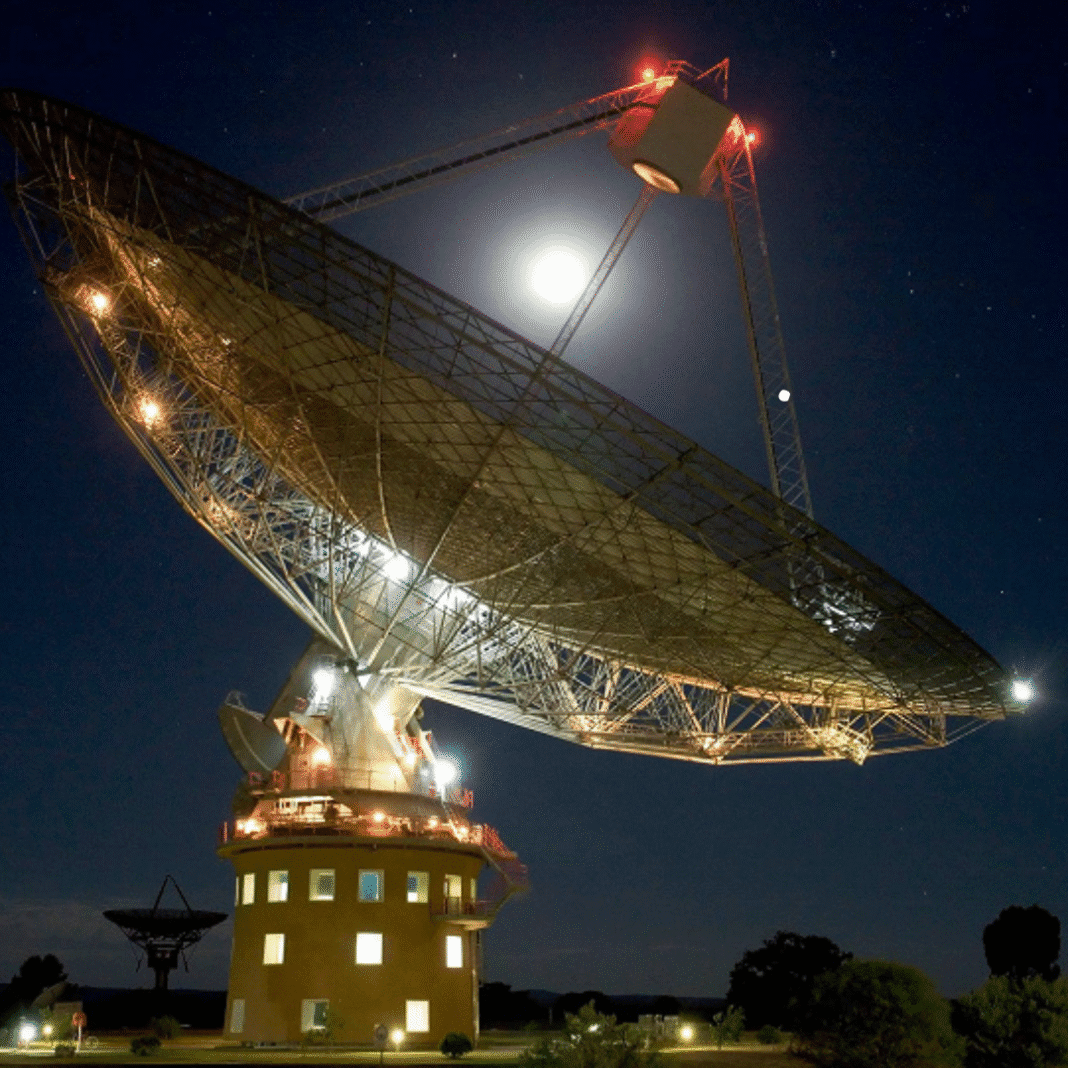The James Webb Space Telescope (JWST) has once again amazed scientists and space lovers across the world. It has discovered MoM-z14, the furthest galaxy ever discovered. This galaxy is not just far away in space but also in time.
The Farthest Light Ever Seen
Its light began traveling to us only 280 million years after the Big Bang. That’s more than 13.4 billion years ago. This is the earliest light ever recorded from a galaxy, making it a historic discovery.
Before the JWST, seeing light from such distant and ancient galaxies was nearly impossible. Other space telescopes like Hubble and Spitzer had limits. Hubble could see in the near-infrared range, but its mirror was only 2.4 meters wide. Despite being an infrared specialist, Spitzer’s mirror was just 85 centimeters in size. These sizes weren’t big enough to gather the faint light coming from the earliest galaxies.
JWST, however, has a massive 6.5-meter mirror and uses the latest technology. This allows it to capture light from the very beginning of the Universe. With these tools, it is slowly peeling back the curtain of cosmic darkness, one galaxy at a time.
What We Know About Galaxy MoM-z14
MoM-z14 was discovered through a special survey designed to look for ancient galaxies, using a technique called spectroscopy. This means scientists studied the light coming from the galaxy to learn more about it. The galaxy’s redshift, which indicates how much its light has stretched as the Universe has expanded, was verified to be 14.4. That number shows how incredibly far and old it is.
What makes MoM-z14 special is not just how far away it is. It’s also how bright it appears. Scientists didn’t expect to find such luminous galaxies so early in the Universe’s life. Yet, MoM-z14 shines brightly, surprising everyone.
The light coming from MoM-z14 mainly comes from stars, not from a black hole at its center. An active galactic nucleus (AGN), which is driven by a supermassive black hole, is found in many galaxies. These black holes suck in matter and shine brightly. But in MoM-z14’s case, its glow seems to be from very large and powerful stars instead.
The galaxy also has a special mix of elements. Compared to our Sun, it has more nitrogen than carbon. This pattern is similar to what scientists see in old star clusters that orbit our Milky Way. That tells us the stars in MoM-z14 may have formed in similar ways and environments as those very old star clusters.
The Puzzle of Galaxy Shapes and Chemistry
When scientists look at very old galaxies like MoM-z14, they see different shapes and sizes. Some are big and dispersed, while others are tiny and resemble dazzling spots. These shapes seem to be linked to the chemicals inside them. For example, compact galaxies like MoM-z14 often show more nitrogen. Larger ones show less. This points to a deeper connection between how a galaxy looks and what it is made of.
MoM-z14 may be one of the strongest nitrogen-rich galaxies ever discovered. It adds to a group of ancient galaxies that all show high nitrogen levels. Scientists have started calling some of these galaxies “Little Red Dots” because of how they appear in telescope images.
These nitrogen-rich galaxies may have formed in very dense environments, similar to globular clusters. In those crowded places, stars can smash into each other, sometimes creating supermassive stars. The idea is that MoM-z14 and similar galaxies might be showing us how these extreme stars were born.
This discovery is also helping scientists connect what they see now with what happened long ago. The molecular fingerprints in MoM-z14 resemble those of our Milky Way’s earliest stars. That means we may be looking at how the very first stars in our galaxy and others started forming billions of years ago.
The James Webb Space Telescope has made it possible to witness light from an age that was once thought to be beyond our reach. MoM-z14, which shines from a period only 280 million years after the universe’s creation, is a record-breaking finding. It tells a story not just of distance and time, but of stars, elements, and cosmic history written in light.




